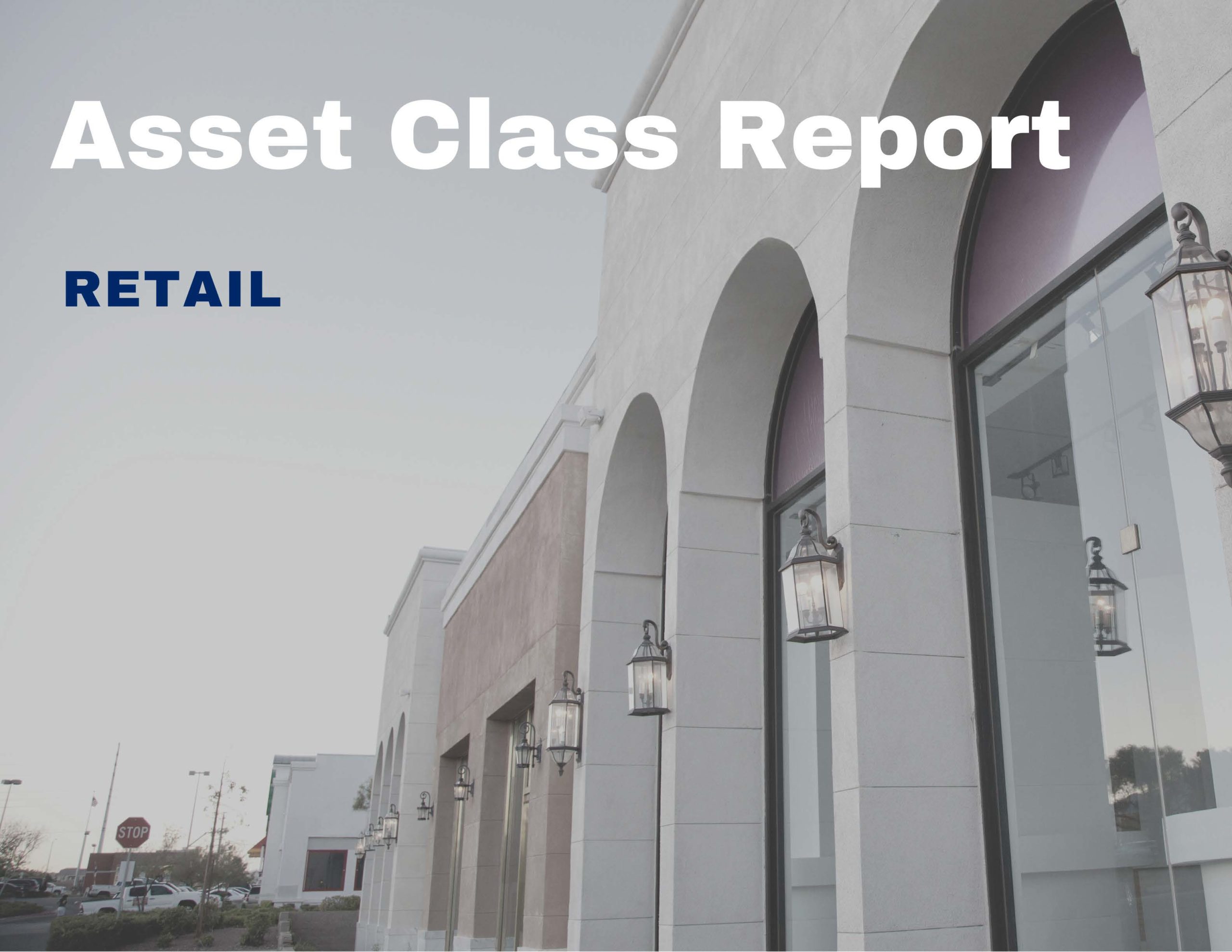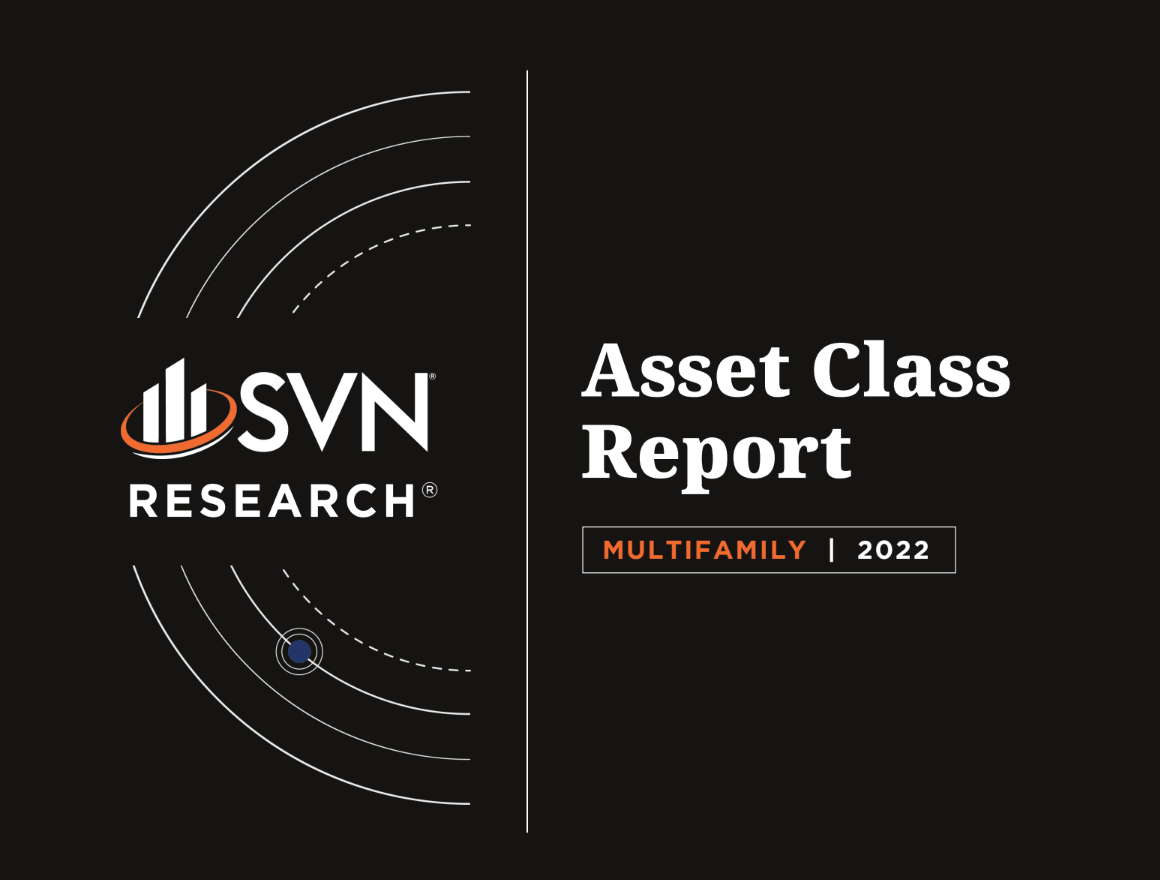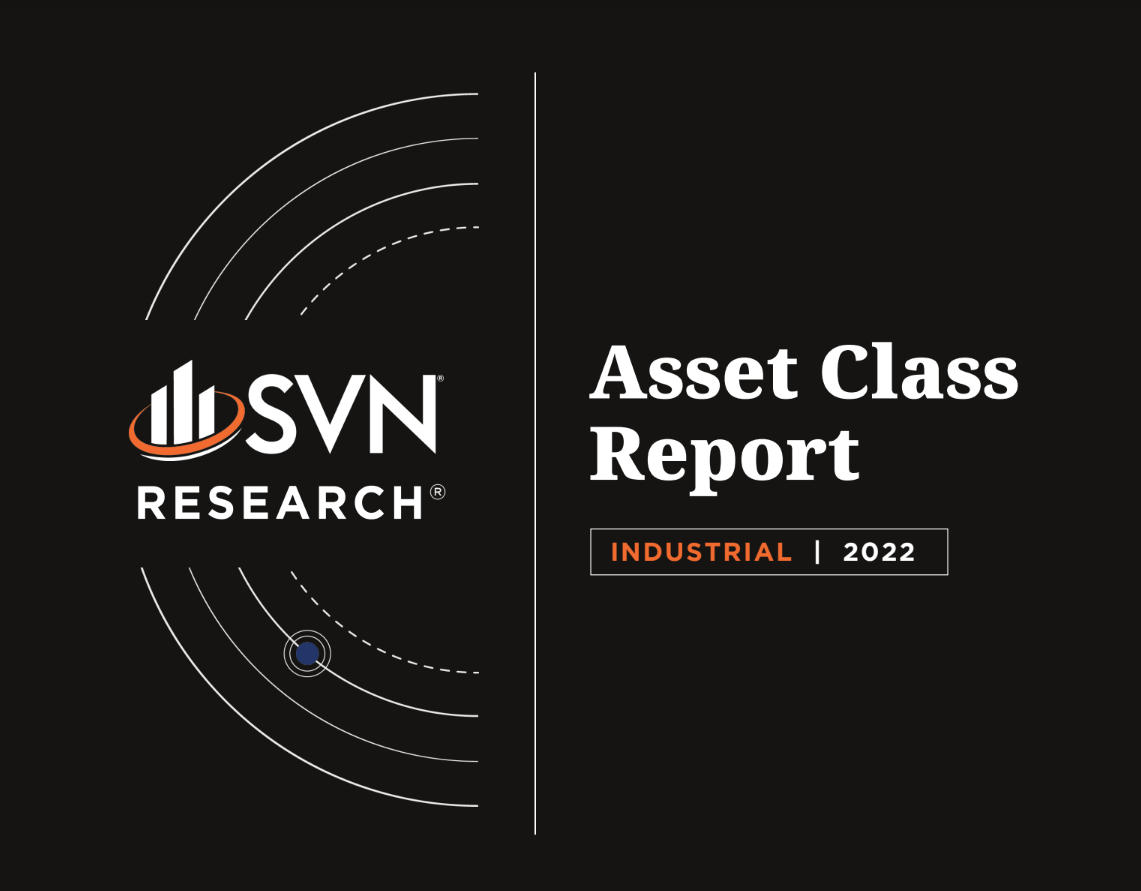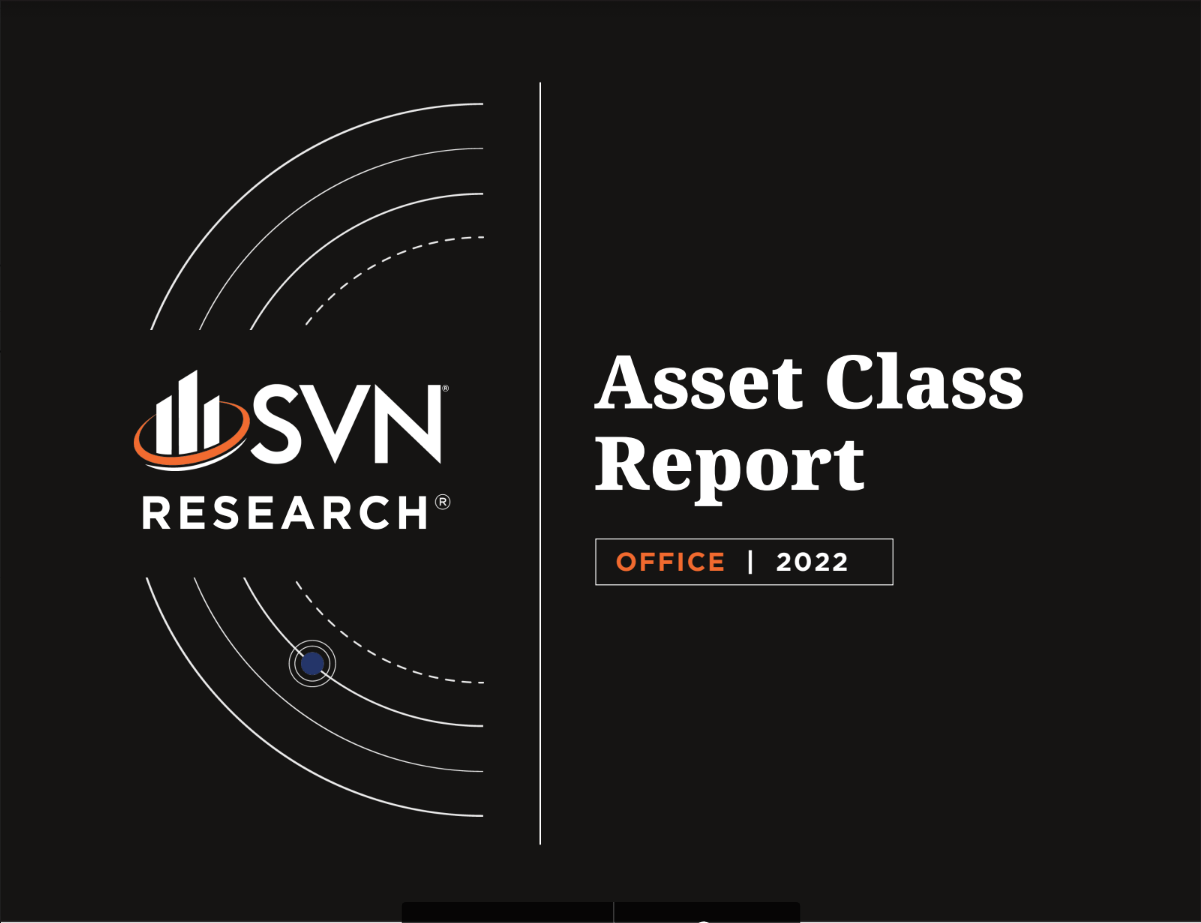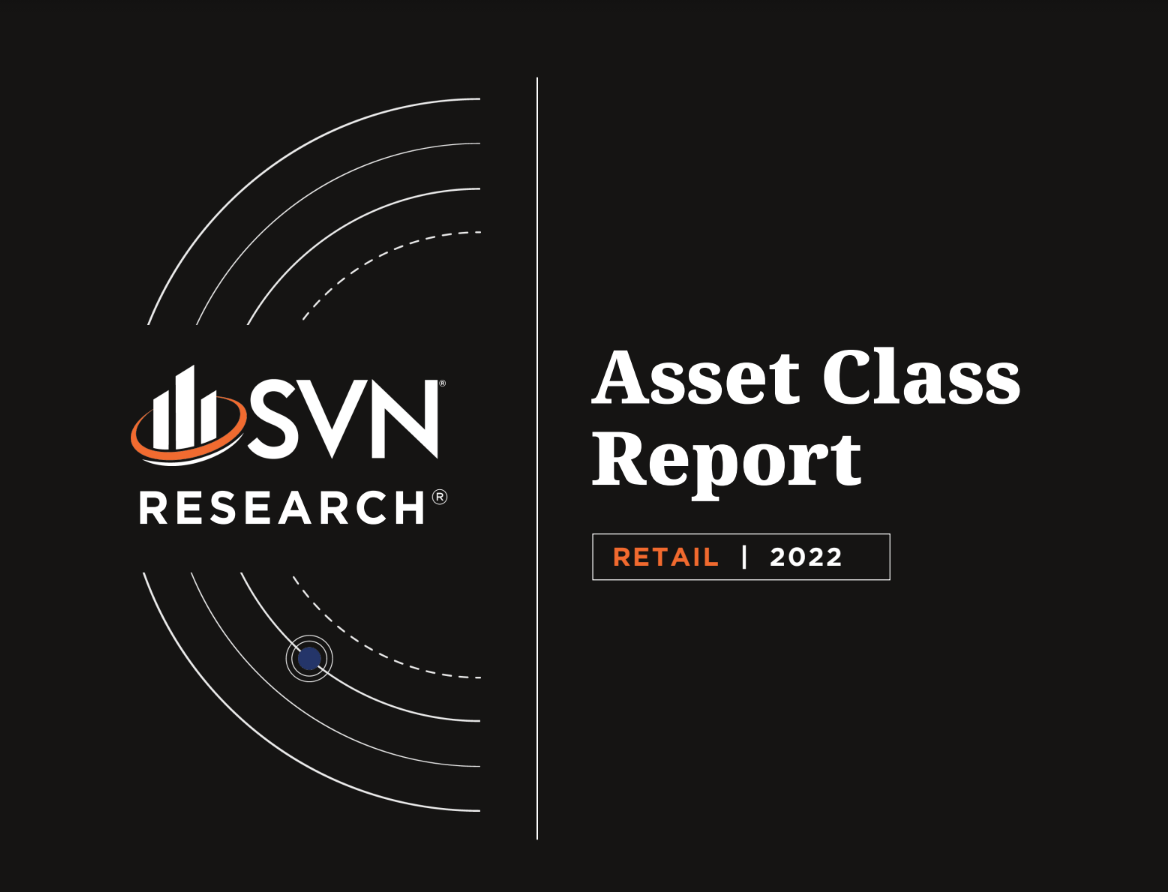admin / January 21, 2022
Commercial Real Estate Economic Update 1.24.22
Commercial Real Estate Economic Update 1.24.22
Featured topics:
- CPI Inflation
- Housing Inventory
- Retail Sales
- Office Entry Data
- Baltimore Industrial Market
- Service Sector Activity
- December Jobs Report
- Construction Spending
- Powell Confirmation Hearing
- World Bank Cuts Global Growth Forecast
Commercial Real Estate Economic Update 1.03.2022 – (Download Full PDF)
1. CPI INFLATION
• The Consumer Price Index (CPI) rose by 7.0% year-over-year in December, its highest increase in almost four decades. CPI climbed by 0.5% month-over-month in December on a seasonally adjusted basis, 30 basis points lower than November’s 0.8% increase.
• Shelter and used vehicles contributed the largest 12-month gain to the index in December, rising by 4.1% and 37.3%, respectively. Energy costs have risen by 29.3% since December 2020, while food costs have also continued to climb steeply, registering a 6.3% year-over-year increase.
• The “Core-CPI” figure, which excludes food and energy price increases, rose by 5.5% year-over-year and 0.6% from November.
• In separate statements given during their respective confirmation hearings in recent days, Fed Chair Jerome Powell and Vice-Chair nominee Lael Brainard signaled a heightened concern about inflation and more pointed guidance toward combating it. Fighting inflation is the Fed’s “most important task,” according to a statement by Brainard during a press conference on January 13th. “We are taking actions that I have confidence will be bringing inflation down while continuing to allow the labor market to return to full strength over time.”
2. HOUSING INVENTORY
• Active listings fell nationwide by 26.8% in 2021, while unsold homes, which includes pending listings, fell by 16.1% annually, according to Realtor.com’s monthly Housing Trends Report.
• In the final quarter of 2021, the rate of declining inventory was faster than the corresponding period in 2020. There were 177k fewer homes on sale on average in December 2021 compared to December 2020.
• On average, homes spent just 54 days on the market in December, down from an average of 65 days on the market in December 2020 and 80 days on the market in December 2019.
• Memphis saw the highest year-over-year increase in newly listed homes in December, climbing 22.0%. Pittsburgh listings climbed 10.9% since December 2020, while Philadelphia was close behind at 10.8%.
3. RETAIL SALES
• US retail sales slowed by 1.9% in December, according to Commerce Department figures released on January 14th. While a slowdown was projected as the economy entered its winter lull, the decline was much steeper than expected. It was the worst performance by retail sales in 10 months. The Commerce Department revised its November numbers to reflect an additional 20 basis increase point over the original estimate.
• While December is typically a strong month for retailers as the holiday shopping season enters its peak, forecasters foresaw a decline in 2021 as pandemic-era spending trends shifted much of the holiday spending to earlier months. Still, retail declines surpassed where many experts had predicted, with 10 of the 13 categories surveyed in the report registering sales declines. Surprising to some, non-store retailers saw the steepest month-over-month decline, falling by 8.7%.
• The economic impact of the Omicron variant is largely not factored into the December numbers, causing forecasters to soften their outlook for January. While Omicron’s impact on economic activity is expected to tepid compared to previous COVID waves, there are already signals that it may be dampening growth. The New York Fed’s Weekly Economic Index fell to 6.11% on January 8th, its lowest level since March 20th, 2021, but 7.7% higher than January 9th, 2021.
4. OFFICE ENTRY DATA
• An analysis by Kastle Systems utilizing its office-entry systems showed office attendance remains down by an average of 60% from February 2020 through mid-December. San Francisco measured the largest fall, with office attendance down by -72%, while Austin fared the best, at just -42%.
• Because the metric measures office attendance and not occupancy, it doesn’t necessarily spell out a similar decline in office demand. However, it may provide an added layer for analyzing how companies are utilizing the spaces that are leasing.
• According to the analysis, Houston maintained the office market furthest away from full-health in the third quarter, with 33.4% of their Class-A office space available. San Francisco has 22.9% of its Class-A office space available, up from 7.3% in 2019. Manhattan Class-A available stands at 18.3%.5. BALTIMORE
5. INDUSTRIAL MARKET
• According to CBRE analysis published by The Commercial Observer, the vacancy rate in Baltimore’s industrial cluster — mostly located along the North I-95 corridor — declined to 3.3% in the fourth quarter of 2021, its lowest rate in history. More than 11 million square feet of leasing activity was reported in the Baltimore, Cecil, and Hartford counties during the fourth quarter, with net absorption of 7 million square feet.
• In addition to strong economic fundamentals fueling industrial leasing activity, specifically online retail, the city of Baltimore has historically maintained robust industrial activity due to its abundant workforce and proximity to nearby large metros via I-95.
• The city’s port has also recently undergone an expansion, increasing the amount of available space within a strategically beneficial location for companies that rely on last-minute delivery networks.
6. SERVICE SECTOR ACTIVITY
• The Institute of Supply Management reports that the service sector activity index, where readings above 50 indicate expansionary conditions, registered 62.0 in December 2021. The December reading was 7.1 percentage points below November’s measure, which had been an all-time high for the index. The index surveys purchasing and supply executives across the country and attempts to balance factors such as overall business activity, new orders, deliveries, and employment growth.
• All subcomponents of the index saw growth slow on a month-over-month basis through December but remained strong as the economy shifted into its typical seasonal slowdown period. Business activity decreased by 7 percentage points from November, while new orders and deliveries fell to 61.5 and 63.9 respectively. Employment growth remained the lowest of the index’s inputs, sitting at just 54.9—only marginally in the territory of expansion.
• The report also notes that the series’ price index registered in the third-highest reading ever and was 20 basis points higher than November’s reading. Inventories fell while the firm’s sentiment about inventory remained negative.
7. DECEMBER JOBS REPORT
• The Bureau of Labor Statistics reported an increase of 199,000 jobs in December, coming in well below Dow Jones’ forecast of 400,000 for the month.
• The unemployment rate fell to 3.9% in the month while the labor force participation rate held steady, evidence that the decrease in the jobless rate was a result of job gains and not labor force dropouts. The number of workers on temporary layoff was little changed at 812k but was 2.3% below December 2020’s level. The number of workers permanently laid off stands 408k above pre-pandemic levels, while the temporary layoffs are largely back at their February 2020 levels.
• Growth has consistently undershot economists’ forecasts over the past several months, indicative of the labor shortages obscuring firms’ ability to hire. Economists’ projections were an average of 223k jobs higher than their actual totals in September, November, and December. In October, forecasters undershot the estimate by 198,000, likely an effect of overestimating the delta variant’s continued drag on hiring in the fall.
8. CONSTRUCTION SPENDING
• Monthly construction spending grew slightly in November 2021 from the month prior, according to the Census Bureau’s January 3rd, 2022 update. Total spending was estimated at a seasonally adjusted annualized rate of $1.63 trillion, slightly above October’s $1.62 trillion.
• November’s annualized estimate stands 9.3% above November 2020’s figure of $1.49T.
• Private construction spending rose 60 basis points month-over-month, with residential construction rising by 90 basis points and non-residential construction rising by 10 basis points.
• Public construction spending was 20 basis points higher than in October. Within public construction, educational construction spending rose by 30 basis points month-over-month, while highway construction was 80 basis points higher than October.
9. POWELL CONFIRMATION HEARING
• On January 11th, 2022, current Federal Reserve Chair Jerome Powell, who was nominated for a second term by President Biden in the fall, sat for his confirmation hearing in front of the Senate. In a notable tone change from statements made earlier in 2021, Powell indicated a more pointed concern about persistently high inflation and the need to move away from pandemic-era accommodative measures.
• More specifically, he addressed concerns that by raising interest rates, the Central Bank would sacrifice one end of its dual mandate, maximum employment, to achieve the other — price stability. Powell stated that persistently high inflation, if not combatted, could be a threat to employment expansion in itself as both employer and consumer uncertainty rises as inflation expectations become unanchored.
• Beyond Powell’s statements, there is evidence of a bit of a sea-change at the Central Bank as its ratesetting committee rotates its pool of voting members, which will now lean more hawkish. Incoming voting members include Kansas City Bank President Esther George, Cleveland Fed President Loretta Mester, St. Louis Fed President James Bullard, and the new Boston Fed President once confirmed. The incoming voting members are known to have more hawkish positions than the members who they are replacing, which could result in a faster-tightening cycle than under a more dovish member structure.
10. WORLD BANK CUTS GLOBAL GROWTH FORECAST
• In its semi-annual Global Economic Prospects report released on January 11th, 2022, the World Bank cut its forecast for global GDP growth in 2022 to 4.1%, 20 basis points below its June 2021 forecast.
• The projected endemic nature of COVID-19, tightening monetary and fiscal policies, and persistent supply chain disruptions were the primary factors that led to the forecast’s decline. Further, downside risks such as de-anchored inflation expectations and increased leverage pose additional uncertainty for the global economy, according to views given by World Bank Group President, David Malpass.
• There is also a divergence underway between the performance of advanced economies throughout the recovery and the performance of developing economies. According to the report, by 2023, global GDP is expected to still be below its pre-pandemic growth rate, but the gap is expected to be smaller in advanced economies. Limited resources and infrastructure have resulted in developing nations lagging more wealthy ones in vaccination rates. Poorer countries have also mounted higher debt rates in an effort to accommodate their economies during the pandemic.
SUMMARY OF SOURCES
• (1) https://www.bls.gov/news.release/empsit.nr0.htm
• (1) https://www.foxbusiness.com/economy/brainard-pledges-fed-combat-inflation
• (2) https://www.realtor.com/research/december-2021-data/
• (3) https://www.census.gov/retail/marts/www/marts_current.pdf
• (3) https://www.newyorkfed.org/research/policy/weekly-economic-index#/interactive
• (4) https://wolfstreet.com/2022/01/03/the-office-glut-in-houston-san-franciscomanhattan-los-angeles-chicago-washington-dc-seattle-q4-2021/?utm_campaign=cmbsresearch&utm_source=hs_email&utm_medium=email&_hsenc=p2ANqtz-82Nzo44KzoA73i6_ bUx0SbDQzmW5mfSf5nxhe1C2aqhqOxsfy_9pVKf4oymw9MwB8vQob3
• (5) https://commercialobserver.com/2022/01/baltimore-industrial-vacancy-rate-drops-to-historiclow/
• (7) https://www.bls.gov/news.release/empsit.nr0.htm
• (8) https://www.census.gov/construction/c30/pdf/release.pdf
• (9) https://www.banking.senate.gov/hearings/01/04/2022/nomination-hearing
©2021 SVN International Corp. All Rights Reserved. SVN and the SVN COMMERCIAL REAL ESTATE ADVISORS logos are registered service marks of SVN International Corp. All SVN® offices are independently owned and operated. This is not a franchise offering. A franchise offering can only be made through a Franchise Disclosure Document.
View More Economic Updates:
« Previous Next »



